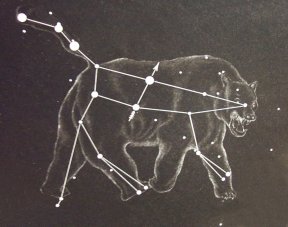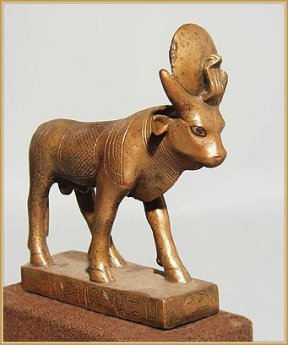There are 3 comments
August 31, 2010 - 14:54
I found your site today and read "Mystery Religion" and it was a great read!!!
December 27, 2009 - 20:25
I suggest you read "The Real Meaning of the Zodiak" by D James Kennedy
http://www.amazon.com/Real-Meanin g-Zodiac-James-Kennedy/dp/1929626142
December 27, 2009 - 20:25
I agree with your findings. It seems your position is well rounded and researched. I never thought about the connection of " STARS " today with stars of astrology, they are worshiped and seen on high by media in our society.
Leave a Comment
1

 Each nation had its own structure of worship but the characteristics it bore
were often quite similar. The names of their gods may have been different (due
to the different languages formed at Babel) but the tales behind them were
often quite similar. For example, in the ancient world, a Great Bear
represented the constellation of Ursa Major, where the Big Dipper resides. In
North America, the Indians had several tales about this constellation, and as
we would have guessed, it was also of a Great Bear.
Each nation had its own structure of worship but the characteristics it bore
were often quite similar. The names of their gods may have been different (due
to the different languages formed at Babel) but the tales behind them were
often quite similar. For example, in the ancient world, a Great Bear
represented the constellation of Ursa Major, where the Big Dipper resides. In
North America, the Indians had several tales about this constellation, and as
we would have guessed, it was also of a Great Bear.
 But where did the children of Israel ever get such an idea to worship a calf?
Well, today there still exists down in the land of Egypt the remains of the
second largest temple ever built by the Egyptians, and it was dedicated for the
worship of the bull-god
Apis
. What is of further interest is that Stephen associates this calf worship with
the worship of the host of heaven.
But where did the children of Israel ever get such an idea to worship a calf?
Well, today there still exists down in the land of Egypt the remains of the
second largest temple ever built by the Egyptians, and it was dedicated for the
worship of the bull-god
Apis
. What is of further interest is that Stephen associates this calf worship with
the worship of the host of heaven.
